Ever since I set out to discover traditional plant-based dishes from around the world, I’ve been surprised by how many naturally vegan options of popular everyday foods have long existed around us.
Take pudding, for example. To me, it’s something that would most certainly contain some form of dairy, be it milk or cream, along with some animal gelatin. But there are some traditional puddings across different cultures that are made without either. Tembleque is the perfect example.
The word ‘tembleque’ translates to wobbly, which does a good job of describing the visual texture, but doesn’t do justice to the velvety and creamy consistency of the dessert.
Tembleque revolves entirely around coconut milk. Besides that, it is only sweetened with sugar, thickened with cornstarch and dusted with cinnamon. With such few ingredients, only homemade coconut milk would be considered flavoursome enough to use for this dessert. If you can get your hands on a raw coconut, the process of making the milk will make you appreciate the effort and flavour of the dessert much more. But you can also use frozen peeled coconut pieces (same weight) or even ready-made coconut milk for a very easy dessert.

serves 4
Ingredients
Coconut Milk (optional)
-
1 large fresh coconut
Tembleque
-
30g cornstarch
-
1/4 tsp salt
- 400ml coconut milk (from above or store-bought)
-
1/2 tsp ground cinnamon
Method
Follow this recipe to make your own coconut milk from scratch for the best flavour.
For the Tembleque, add the sugar, cornstarch, salt and 3 tbsp of the coconut milk to a small saucepan and whisk into a smooth slurry, then whisk in the remaining coconut milk. Bring to a gentle boil, stirring constantly, and simmer until it begins to thicken. Continue stirring for another 5 minutes, then divide over 4 small bowls. Let it cool slightly, before refrigerating for at least 1 hour to firm up.
Gently loosen the Tembleque by pulling it away from the sides, then tip it out onto a plate, dust with cinnamon and serve.
Storage: You can keep the cooked Tembleque for 2-3 days in the fridge.
As an Amazon Associate I receive a small commission from affiliate links on this page.

Tembleque (Puerto Rican Coconut Pudding)
Ingredients
Coconut Milk
- 1 large raw coconut (optional)
Tembleque
- 75 g golden granulated sugar
- 30 g cornstarch
- 1/4 tsp salt
- 400 ml coconut milk (from above or store-bought)
- 1 pinch ground cinnamon
Instructions
- Follow this recipe to make your own coconut milk from scratch for the best flavour.
- For the Tembleque, add the sugar, cornstarch, salt and 3 tbsp of the coconut milk to a small saucepan and whisk into a smooth slurry, then whisk in the remaining coconut milk. Bring to a gentle boil, stirring constantly, and simmer until it begins to thicken. Continue stirring for another 5 minutes, then divide over 4 small bowls. Let it cool slightly, before refrigerating for at least 1 hour to firm up.
- Gently loosen the Tembleque by pulling it away from the sides, then tip it out onto a plate, dust with cinnamon and serve.



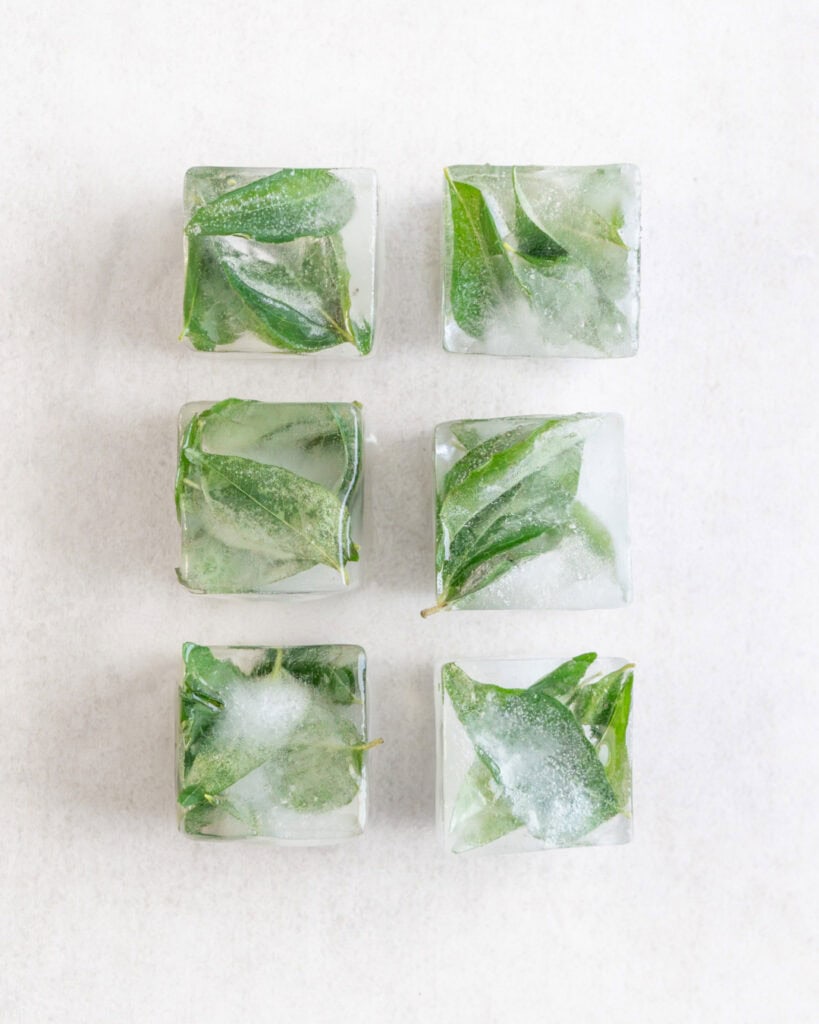

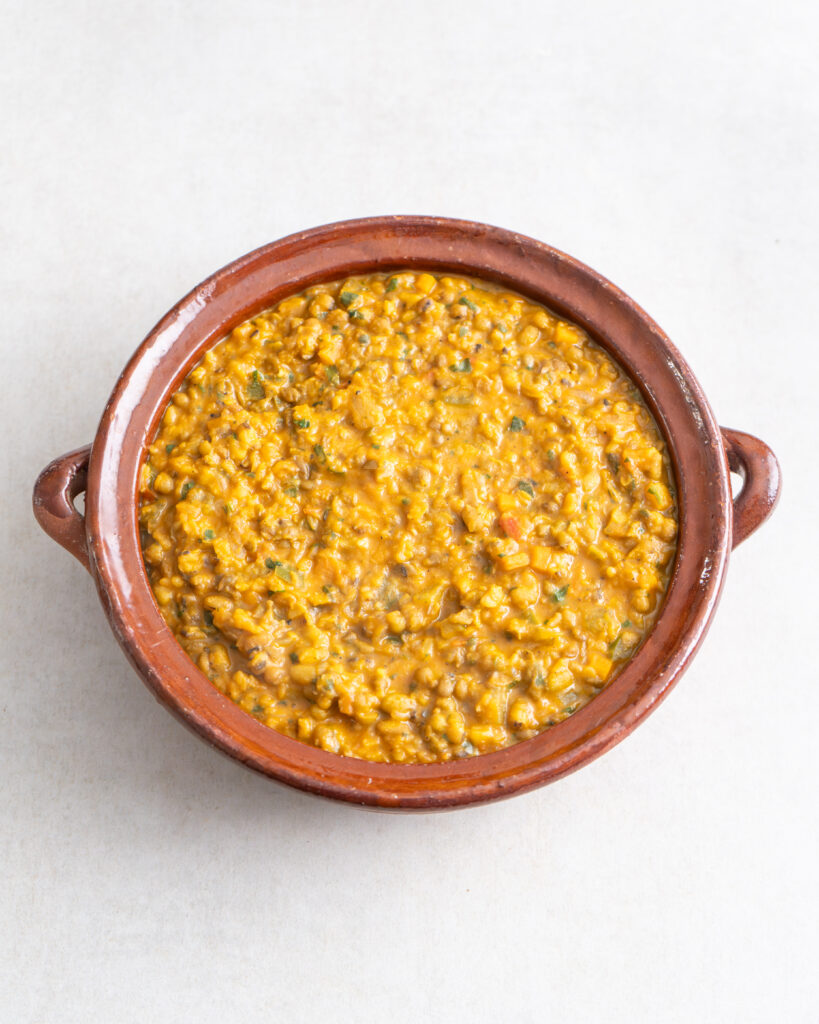

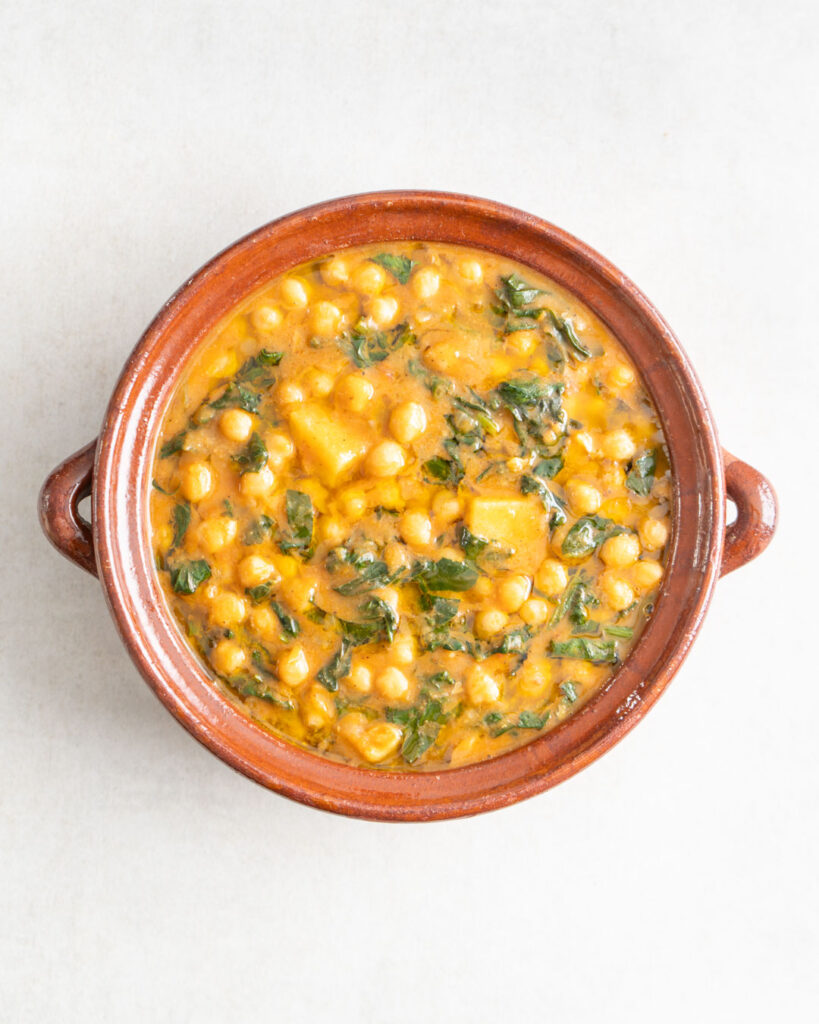





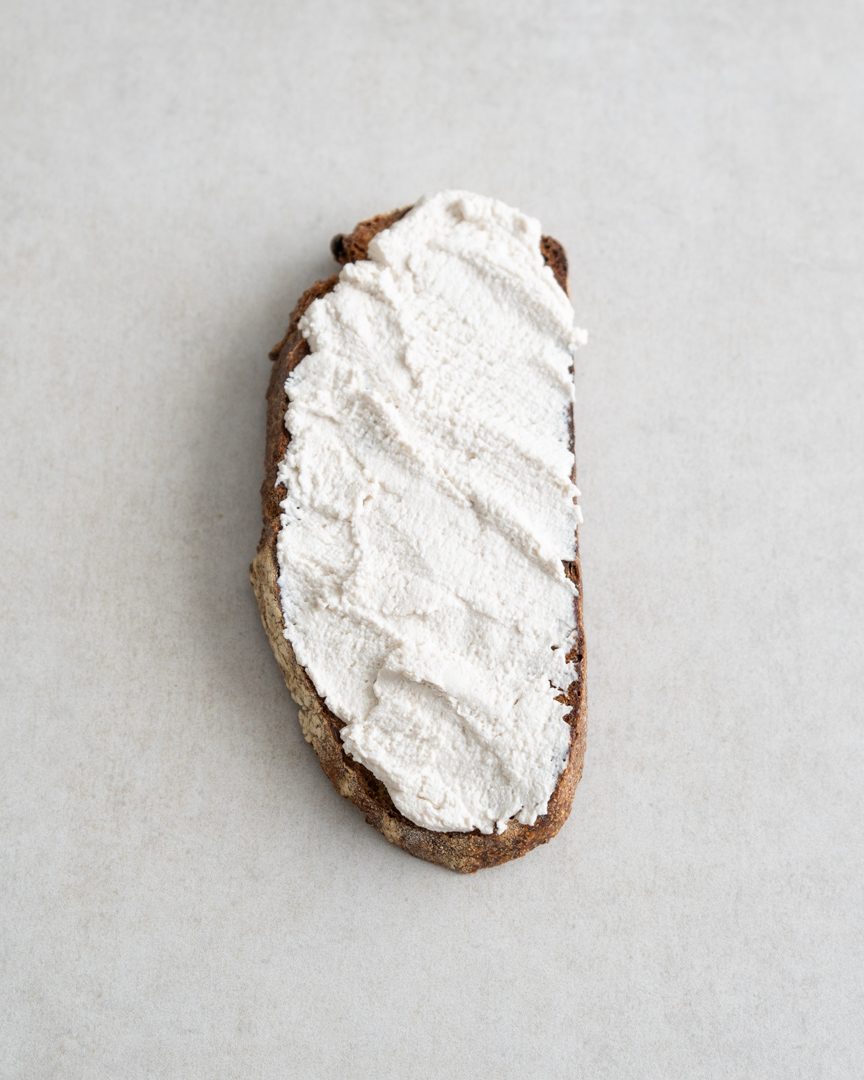



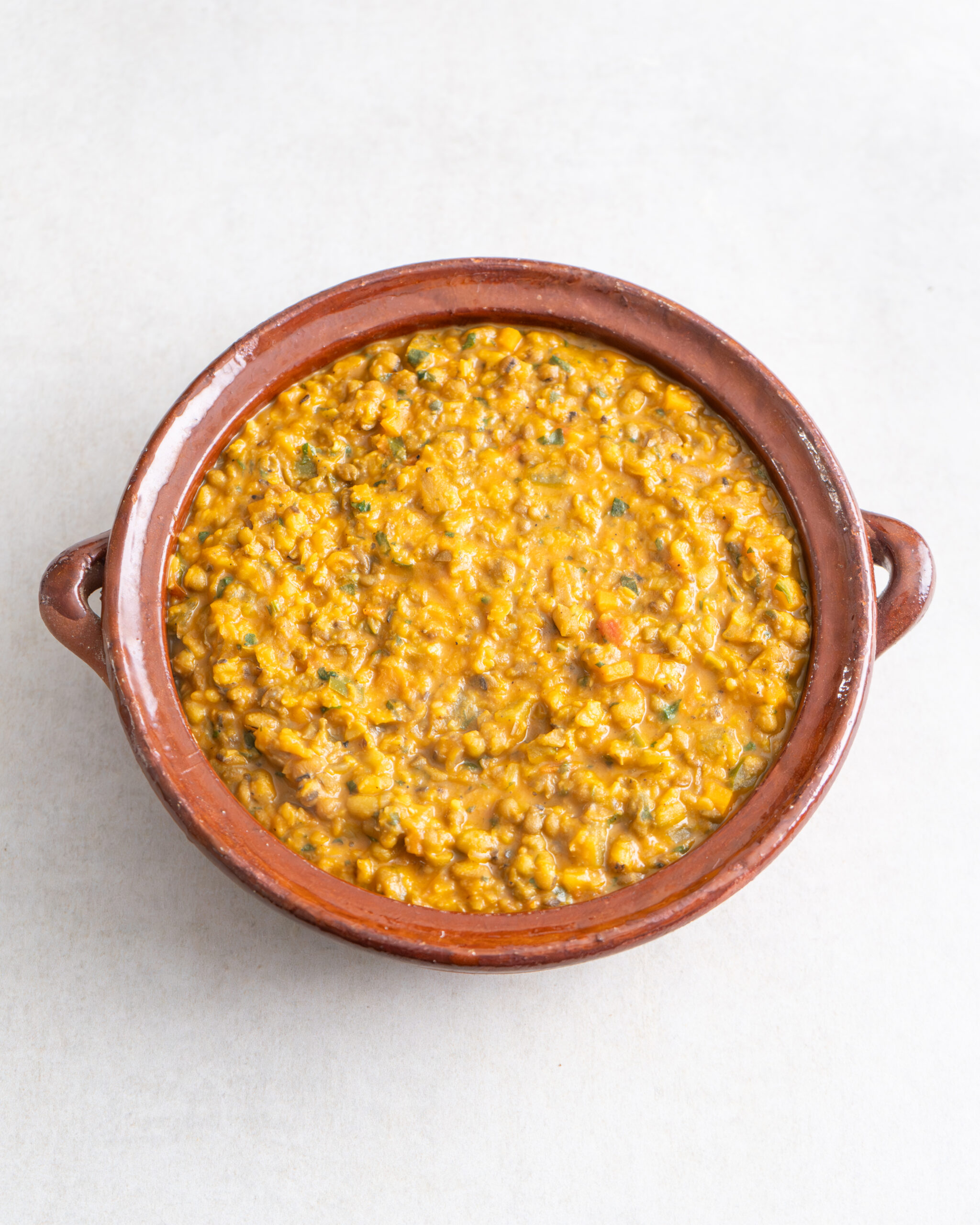




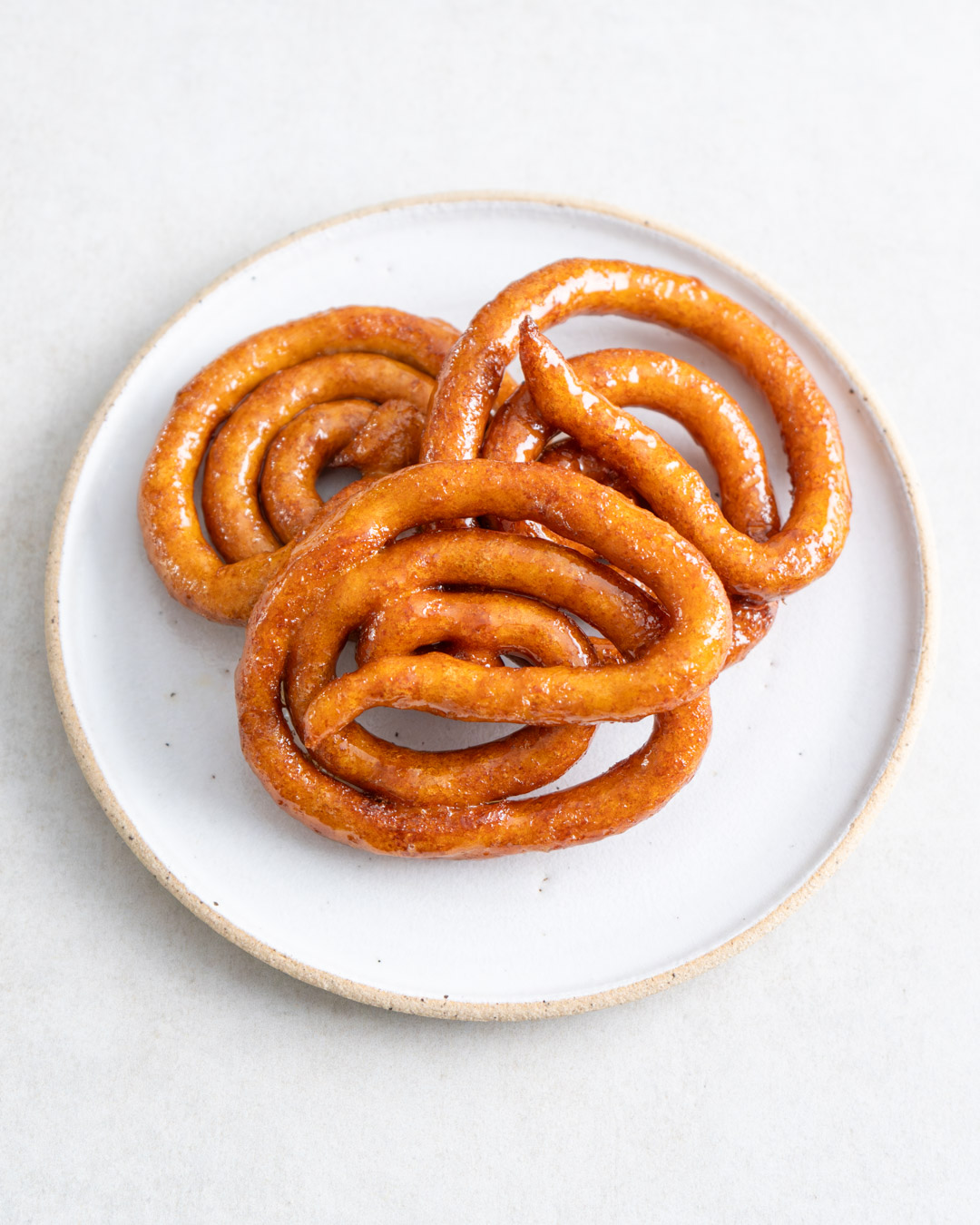

Comment *
Fácil, rico y nutritivo 👍🏼🌱👌
Gracias por compartir
Un saludo desde Playa del Carmen México
Víctor
Igual soy 👨🍳
Thank you so much! 🙂